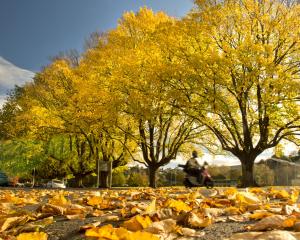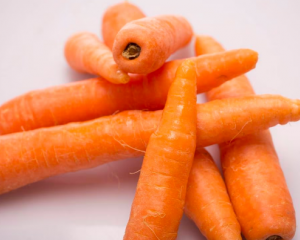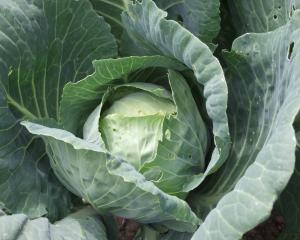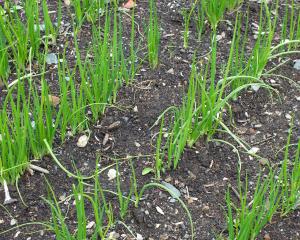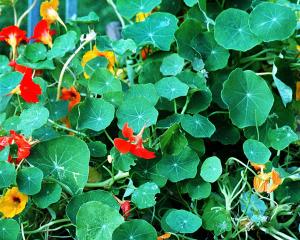Vegetables
Crop rotation may sound overly scientific for the ordinary gardener but it is an important way of getting the most from the vegetable garden and, at the same time, minimising the risk of diseases such as club root in cabbages or basal rot in onions, garlic and leeks.
Designed so crops take different minerals from the soil each year, good rotation will take account of chemical and physical differences between plants. The basic rule is never grow plants from the same family or type in the same spot two years in a row.
Leaving aside perennial vegetables such as rhubarb, globe artichokes and asparagus which stay in the same plot, divide your garden into three areas.
Make a list of which crops can be grouped — potatoes, celery, leeks, carrots, parsnips and beetroot in one group; peas, beans (all types), onions and spinach in the second; and brassicas (including brussels sprouts, cabbages, broccoli, cauliflowers) in the third. Grow them by groups this coming season.
In the second season, grow tap-rooted plants (group one) in plot three, the ground previously used for brassicas. Put potatoes and the onion family into area one and brassicas in the remaining part of the garden. Year three sees brassicas in plot one, tap-rooted plants in bed two and onions as well as potatoes in the third section.
Continue this practice in subsequent years. A garden diary may make it easier to remember the movements.
Rhubarb and asparagus beds can be planted, weather permitting. Dig the ground deeply, add plenty of bulky manure and plant with the crowns about 2.5cm below the surface.
Jerusalem artichoke tubers, shallots and garlic can also be planted.
Flowers
Crop rotation in the flower garden is also possible with some varieties of plants.
Stocks and wallflowers in mass displays exhaust the soil in similar ways and should not follow each other. Likewise, if dahlias are grown in the same soil year after year, they will make excessive demands on some soil elements and plant quality will eventually drop.
Herbaceous borders of perennial plants such as delphiniums can be replaced every two or three years. Lift the plants, enrich the bed with compost and replace the plants some distance from their previous positions.
Ideally, dahlias, gladioli, pansies, violas, tulips , hyacinths and narcissi should be planted in different areas of the garden each year.
Rose-planting time has arrived and nurseries will be full of this most popular shrub.
Dig out holes for roses 1m apart and about 30cm deep. The depth depends on the soil type. Shallower is best in heavy soil but deeper holes are recommended in light, sandy soils that become hot and dry during summer.
Fruit
Winter spraying of apples and pears with a winter oil spray will help control woolly aphids, scale insects and red spider mites. If you prefer not to spray, attracting waxeyes to the garden by putting a shallow container of sugar water on or near fruit trees will encourage them to clean up bugs.


